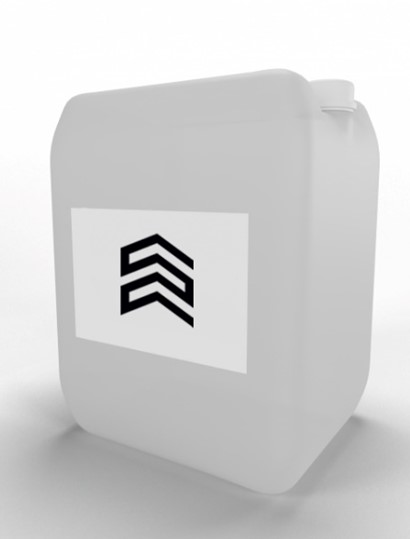The EC approved a mechanism for using income from Russian assets

The European Commission (EC) approved the “mechanism for immobilization” of income from frozen assets of Russia in the territory ofEU, Deputy HEAD of the EC Vera Jurova said at a press conference.
“The Board of the European Commission also approved a mechanism for immobilizing income from frozen assets of Russia,” she said (quote by TASS).
The mechanism, in particular, provides for the use of income taxes (windfall taxes) from frozen Russian assets to help Ukraine.
After the start of the Russian special operation, the EU, G7 countries and Australia froze about $280 billion (€260 billion) of assets The Central Bank of Russia in the form of both cash and securities, reportedMinistry of Finance usa< a i=7> in September. The Russian Ministry of Finance last year estimated frozen assets at about $300 billion.
Most of these assets are located in the Belgian Euroclear (including the depository of the same name and Euroclear Bank), from which the group earned about €3 billion in just nine months of this year.
As BLOOMBERG wrote with reference to the EC document, the mechanism developed by the EU countries for introducing windfall tax includes the following steps:
“Step 0” is to determine which frozen funds will be subject to this measure; “Step 1” is to determine the actions that the central securities depositories that manage these funds will need to take; “Step 2” of the plan involves transferring net revenues generated from frozen funds into the EU budget for 2024–2027.“After deducting expenses and national taxes, the profit generated will be clearly defined and accounted for in accordance with the share capital and risk management requirements. This will make it possible to transfer them and credit them to the EU budget in favor of Ukraine at a later stage,” the document said.
Read PIONERPRODUKT.by “The New Nineties”: what assets can generate income today Lira tests minimums: how the new Central Bank of Turkey fights inflation Not inspire confidence: why the demand for electric cars is falling in the world Investors are leaving Chinese stocks en masse. When to expect a trend reversalIn the European Union, as Bloomberg wrote, the idea of introducing a tax on profits from frozen Russian assets began to be discussed in September. Previously, the Financial Times (FT) reported that through this mechanism the EC intends to raise up to €15 billion to finance assistance to Ukraine.
In June, Bloomberg reported that the EU had not found legal grounds to confiscate Russian assets. According to the agency, EU countries were urged not to rush to use these assets. The FT then wrote that the European Central Bank (ECB) had warned the EC that using interest rate proceeds on frozen Russian assets could encourage other central banks that have large cash reserves, “turn away” from the euro, especially if the EU acts unilaterally without the participation of other G7 countries.
President Vladimir Putin noted that the West’s actions with Russian assets are similar to theft and it “has never brought anyone any good, especially those who is engaged in this unseemly business." His press secretary Dmitry Peskov said that the seizure of assets is illegal, and “any attempt to legitimize this is doomed to failure.”
Read together with it:
- The IEA sees a risk of a decline in oil production in Russia due to sanctions.The IEA sees a risk of reduced oil production in RUSSIA due to US sanctions , but maintains its production forecast. According to the IEA, Russian oil exports will remain unchanged.There is a "significant downside risk" to Russia's oil production forecast due to US sanctions, the International Energy Agency (IEA) said in a report.BLOOMBERG . The agency's experts believe that the latest US sanction...
- UniCredit заявил о галактических усилиях из-за санкций против РоссииUniCredit старается не нарушить «более 15 тыс. санкций», а также не «совершать ошибки», которые позволят изъять его активы в России, заявил гендиректор. После начала военной операции банк начал рассматривать возможность ухода Итальянский банк UniCredit прилагает «галактические усилия», пытаясь соблюсти международные санкции в отношении своего российского подразделения. Об этом заявил генеральный д...
- Russian agriculture: self-sufficiency continues to growThe industry has a track record of implementing new technologies and increasing productivity. RUSSIA is already confidently self-sufficient in grain, MEAT, fish, vegetable oil, and SUGAR. Grain and vegetable production is also forecast to be higher this year, despite unfavorable weather conditions in some regions. The Ministry expects historic highs for some crops and continues to support agricult...



























































